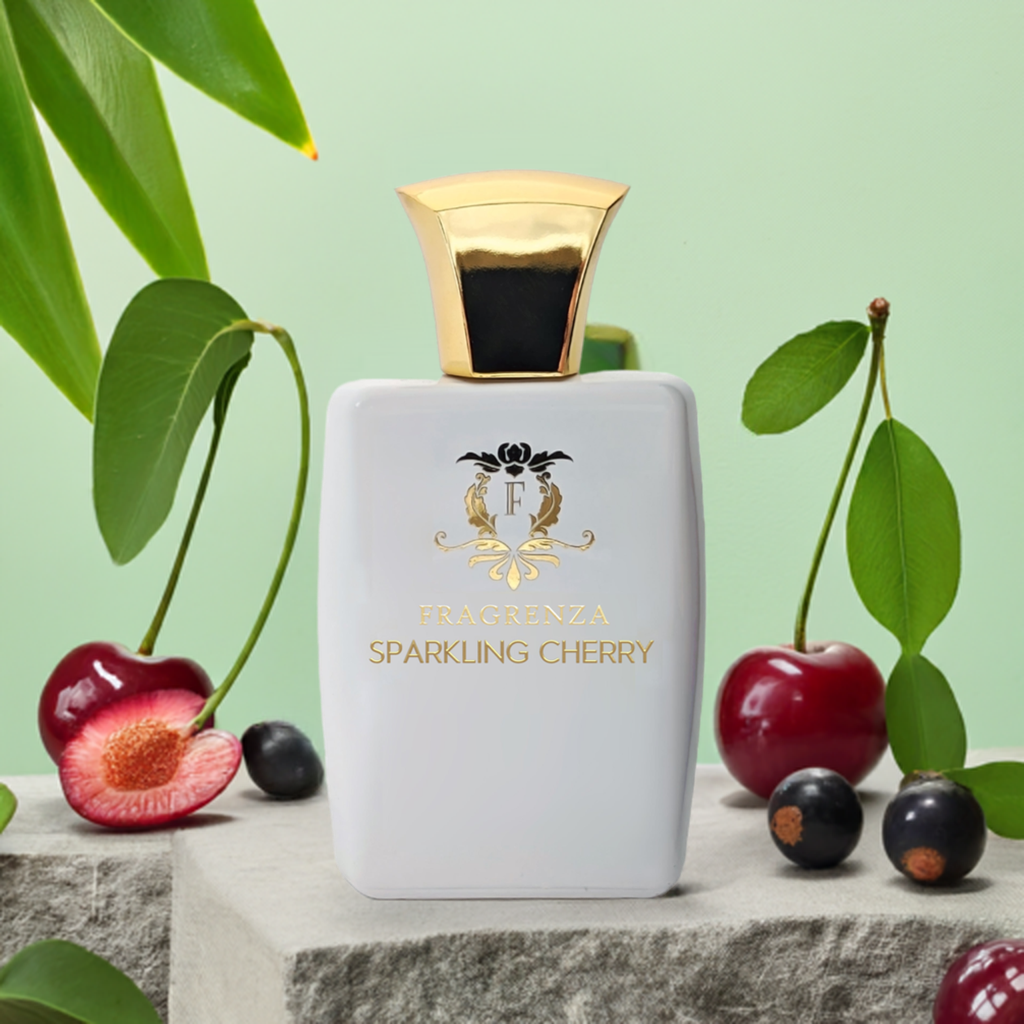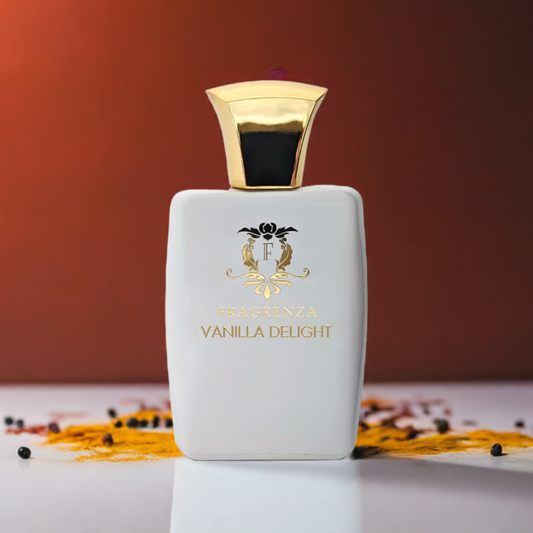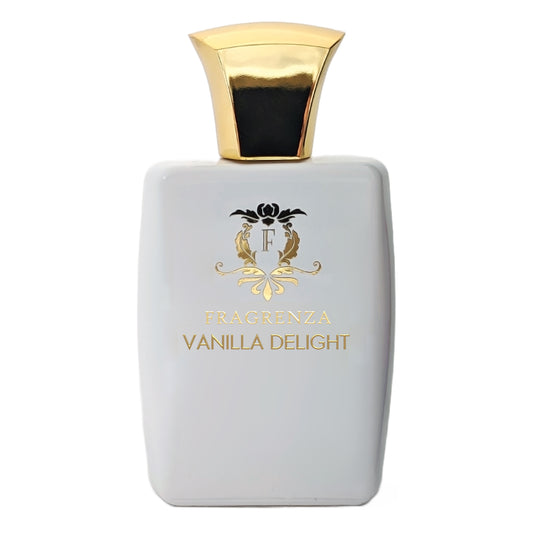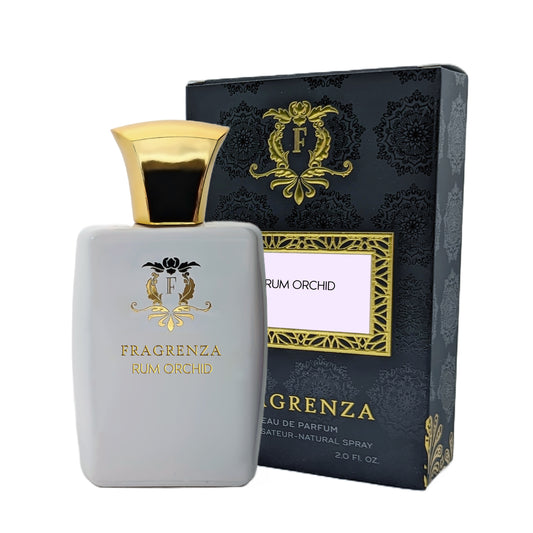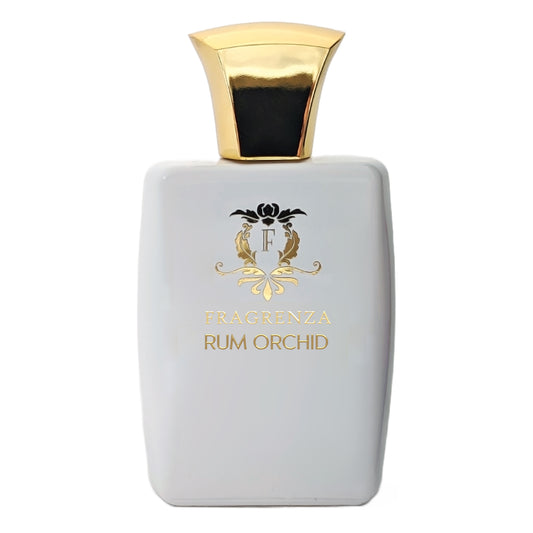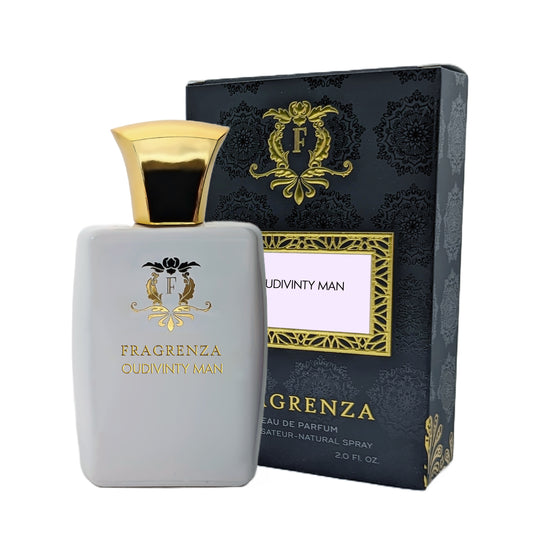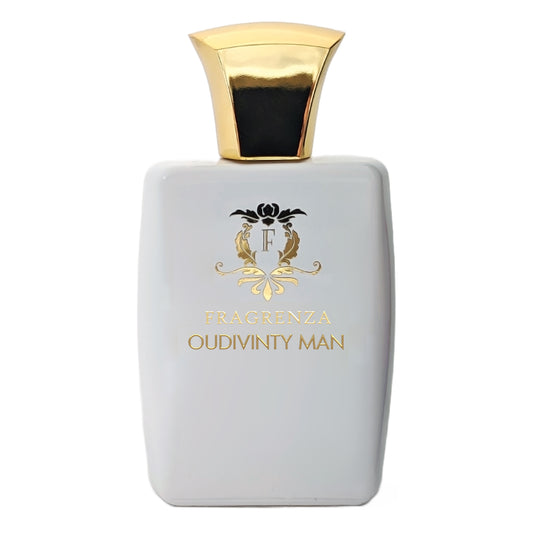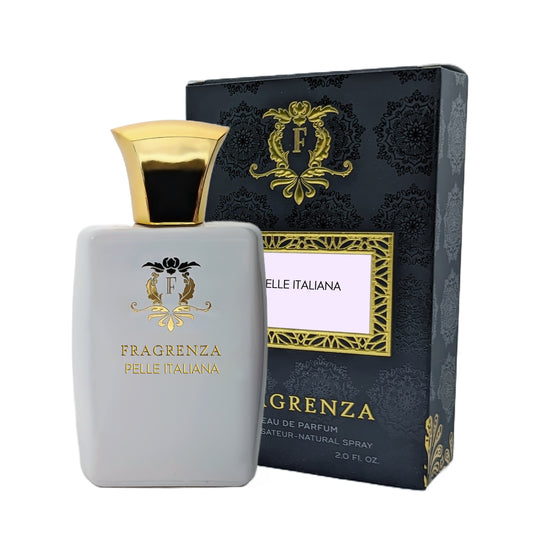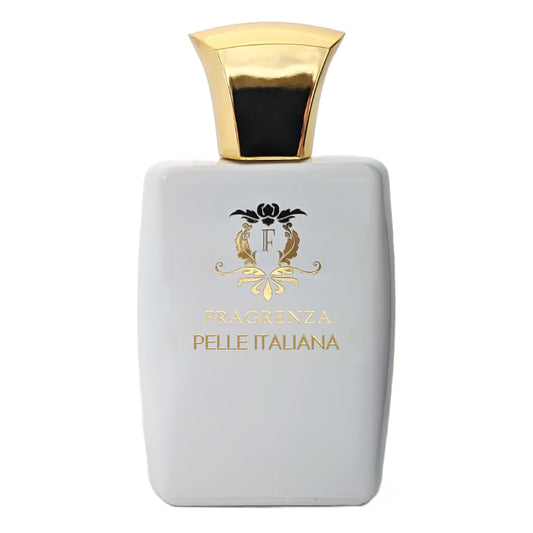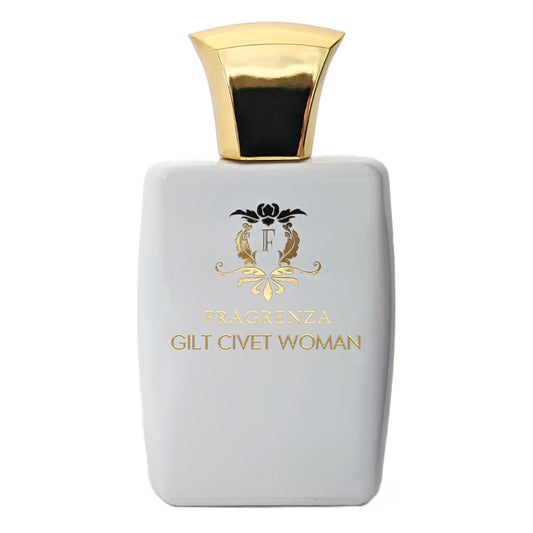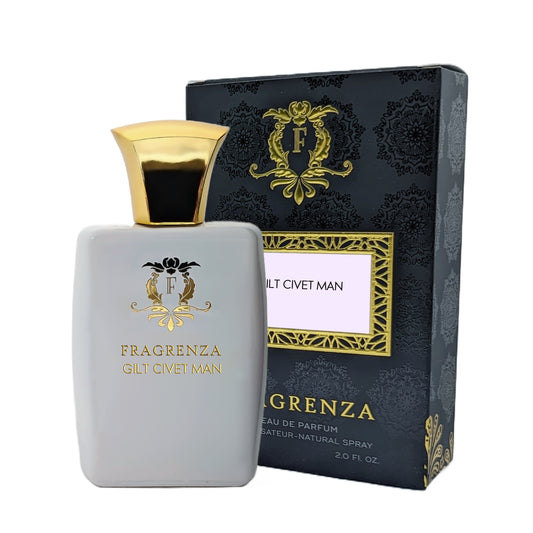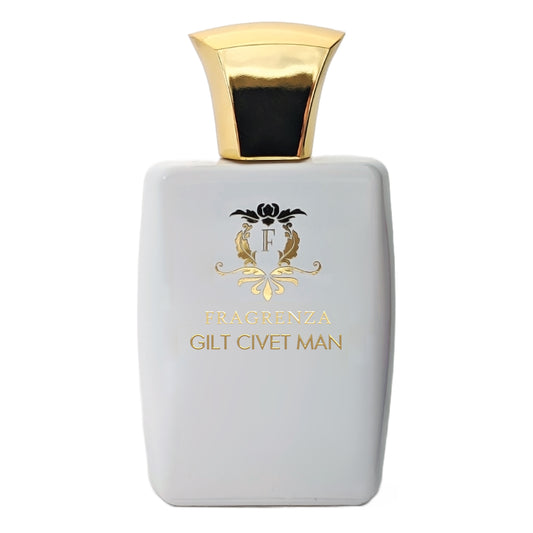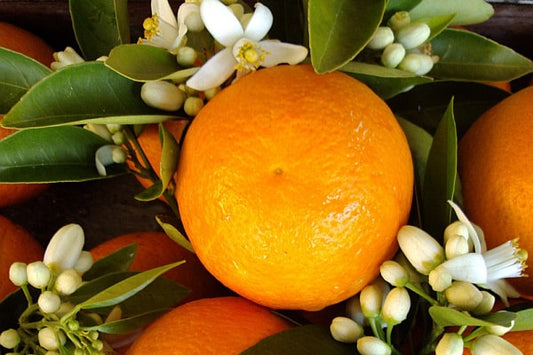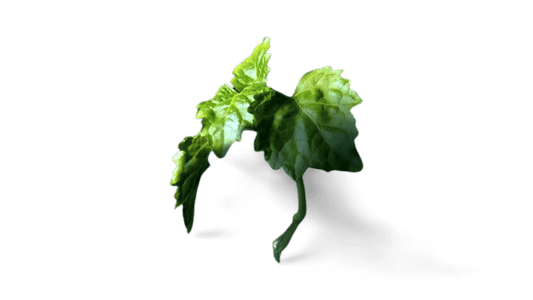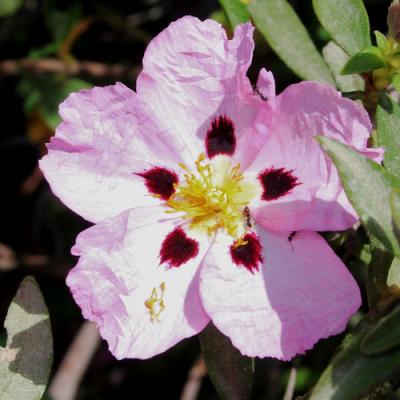- Vanilla Delight Vanille Fatale by Tom FordVendor:Inspired by Tom Ford Vanille Fatale dupeRegular price From $9.99Regular price
$69.99Sale price From $9.99Sale -
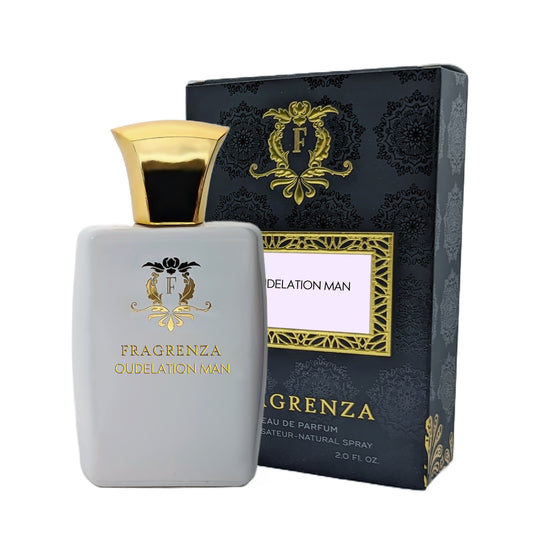
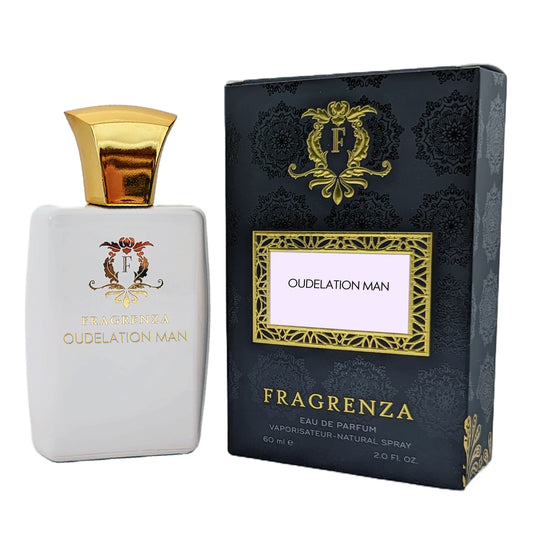 Sold outOudelation Man Jubilation XXV by AmouageVendor:Inspired by Amouage Jubilation XXV cloneRegular price From $9.99Regular price
Sold outOudelation Man Jubilation XXV by AmouageVendor:Inspired by Amouage Jubilation XXV cloneRegular price From $9.99Regular price - Rum Orchid Velvet Orchid by Tom FordVendor:Inspired by Tom Ford Velvet Orchid dupeRegular price From $9.99Regular price
- Oudivinty Man Epic Man by AmouageVendor:Inspired by Amouage Epic Man cloneRegular price From $9.99Regular price
- Pelle Italiana Italian Leather by MemoVendor:Inspired by Memo Italian Leather dossierRegular price From $9.99Regular price
- Gilt Civet Woman Gold Woman by AmouageVendor:Inspired by Amouage Gold Woman dupeRegular price From $9.99Regular price
- Gilt Civet Man Gold Man by AmouageVendor:Inspired by Amouage Gold Man cloneRegular price From $9.99Regular price
Mugwort Fragrances
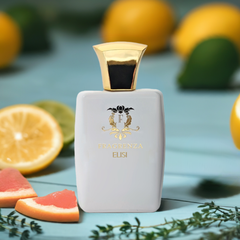
From this collection Elisi is Roja Parfums Elysium dupe
Explore our collection of mugwort fragrances. Shop mugwort perfumes that will captivate your senses.Moon Flower Fragrances
Experience the invigorating scents of moon flower fragrances. Discover the best moon flower perfumes and immerse yourself in a refreshing aroma.Myrtle Fragrances
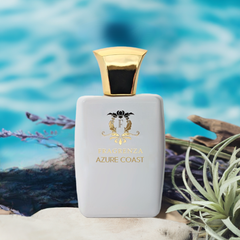
From this collection Azure Coast is Tom Ford Costa Azzurra dupe
Indulge in the captivating myrtle fragrances. Explore the best myrtle perfumes and let their enchanting scents transport you.Nerium Oleander Fragrances
Discover the delightful scents of nerium oleander fragrances. Shop best nerium oleander perfumes online and add a touch of elegance to your fragrance collection.NaturalCalm™ Fragrances
Immerse yourself in the world of naturalcalm™ fragrances. Experience the best naturalcalm™ perfumes for men and discover unique and captivating scents.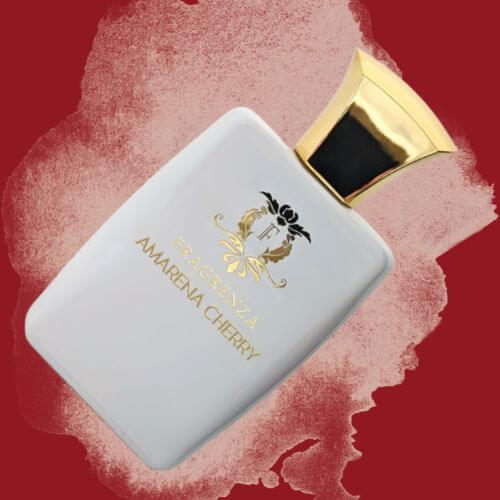
Amarena Cherry
Obsessed with cherry? If you want to really amp up the cherry scent, this Tom Ford Lost Cherry dupe will give Lost Cherry a run for its money. Black cherry, cherry syrup, and cherry liqueur all mingle together for an indulgent cherry overdose that’s complemented by notes of almond, tonka bean, Turkish rose, and jasmine sambac.
Resins And Balsams
Collapsible content
Description
COMMON NAME: Myrrh, mur, moyao in Chinese PLANT FAMILY: Burseraceae GENUS: Commiphora SPECIES: There are various species, the most common of which are Commiphora myrrha, C. gileadensis syn. Commiphora opobalsamum. USES: Used as a material for incense, medicine and perfume For centuries, whenever there was a mention of frankincense, myrrh was the one written next to it. Myrrh, like frankincense, has always been consumed in large quantities, both in the preparation of household and religious incense, in fragrance oils and as a medicine, and was at times much more prized than frankincense. In medical terms, myrrh has antiseptic and sedative properties. It was mentioned in Egyptian medical texts and in ancient Egypt it was also used for embalming alongside incense. The word mr or wall, from which myrrh is derived, means bitter. The word probably comes from ancient Hebrew and Arabic. The aroma of myrrh can be described best as oaky, warm, aromatic and pungent, and slightly medicinal. Like frankincense, it is an aromatic oleo-gum resin oleoresin: a natural mixture of essential oil and resin. It comes from various species of the genus Commiphora of the plant family Burseraceae. Commiphora is a genus of flowering plants. Species in this genus have thorny, armed trees and shrubs that are native to northeastern Africa and adjacent areas of the Arabian Peninsula. Commiphora myrrha is the species which is commonly used in the production of myrrh. It is found in rocky and shallow soils of Ethiopia, Kenya, Oman, Saudi Arabia, and Somalia. It has thorny branches with sparse leaves that grow in groups of three and can reach heights of 9 feet. Another species, Commiphora gileadensis, also known as Balm of Mecca or Balm of Gilead, is native to the Arabian Peninsula and has been used in diseases of the urinary tract. Its smell is slightly woody, oily-sweet and balsamic. Some other species are Commiphora erythraea which is one of the opoponax species, and Commiphora wightii Mukul, Guggul, also known as Indian bdellium. It is distributed in the arid areas of Bangladesh, India and Pakistan, its use in the treatment of diseases has an important place in Ayurveda, the system of traditional medicine of India. BITTER MYRRH and SWEET MYRRH There is a strong link between myrrh and opoponax since both originate from the genus Commiphora, thus sharing many similar characteristics. However, speaking of their aroma, they are like two ends of a line. Myrrh is bitter while opoponax is sweet and a bit nicer and this is the reason why it is generally referred to as sweet myrrh. HARVEST AND CHEMICAL CONSTITUENTS Tapping is the resin extraction method that is done twice a year. To extract the resins, an incision is made in the trunk of the tree, which pierces the gum resin reservoirs therein. The incisions are made over the entire height of the root up to those of the branches strong enough to support it. The sap slowly oozes from the incisions and drains along the bark, forming teardrop-shaped droplets that harden on the side of the tree. These droplets flow as a pale yellow liquid, but harden into reddish-brown masses of several sizes, the average being that of a walnut. These beads hardened like droplets are then collected after two weeks. Myrrh is said to be of good quality if it comes in small, irregularly shaped pieces, the surface is rough and powdery, the pieces are brittle and have white nail like markings when broken. The chemical constituents are volatile oil, resin myrrhine, gum, ash, salts, sulphates, benzoates, malates and acetates of potash. Resinous materials like frankincense and myrrh are used either to make essential oil or resin absolute. The oil is extracted by steam distillation and the absolute by alcohol extraction. MYRRH IN FRAGRANCES The note of myrrh is best used in oriental fragrances and complements well, with some obscurity, the bright and cheerful characteristics of the oriental ambience.
-
Our best sellers.
-
Adeline PDM Delina dupe Better Peach Tom Ford Bitter Peach dupe Chloris Gardenia Gucci Flora Gorgeous Gardenia dupe Fearless Love Kilian's Love, Don't Be Shy dupe Selvaggio Dior's Sauvage dupe Addict Noir YSL's Black Opium dupe Empress D&G's L'Imperatrice dupe Divino Bleu de Chanel dupe Lo amo J’Adore Dior dupe Pretty Girl Carolina Herrera's Good Girl dupe
